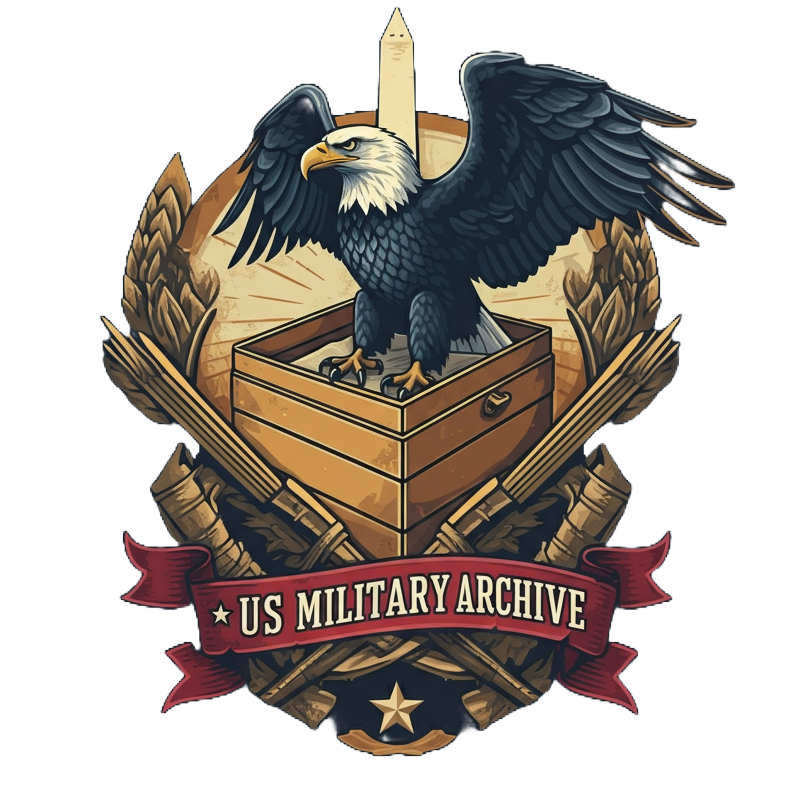Archive Text
Aloft in the Maelstrom: Civil War Balloon Reconnaissance and the Dawn of Space-Based Information Warfare
The American Civil War, a conflict etched in history, also served as an incubator for technologies that would shape future warfare. Amidst the chaos, a novel instrument of reconnaissance took to the skies: the hot air balloon. These pioneering aerial platforms offered a glimpse into the future of information warfare, foreshadowing the role of space-based intelligence gathering exemplified by the modern US Space Force.
The challenges faced by Civil War balloonists were daunting. The fabric of these aerial observers, often silk or varnished cotton, was prone to tears and leaks. Inflation methods, relying on cumbersome hydrogen gas generators or the unpredictable nature of hot air, posed logistical nightmares. These technical limitations underscored the nascent nature of aerial technology, yet the strategic potential of balloon reconnaissance was undeniable.
Material and Inflation Challenges:
The limitations of 1860s balloon materials presented significant obstacles. Silk, while offering lightness and strength, was expensive and delicate. Varnished cotton provided a more affordable alternative, but its permeability to hydrogen gas posed a constant challenge. Inflation methods were equally problematic. Hydrogen, while providing greater lift, required specialized generators and posed an explosion risk. Hot air, while simpler, was susceptible to weather conditions and offered less control. These constraints limited the size and range of Civil War balloons.
Tactical Advantages and Disadvantages at Fredericksburg and Gettysburg:
At Fredericksburg, Union balloonists, under Thaddeus Lowe, provided valuable intelligence on Confederate deployments. This information, relayed via telegraph, influenced Union assault plans, though unsuccessfully. The tethered nature of the balloons and their vulnerability to ground fire limited their effectiveness. At Gettysburg, balloon reconnaissance played a smaller role due to terrain and weather.
Influence on Strategic Decision-Making:
While the impact on individual battles was mixed, balloon reconnaissance's influence on strategic decision-making was significant. Observing enemy movements, fortifications, and supply lines provided a level of intelligence previously unattainable. This novel perspective foreshadowed satellite reconnaissance. Denying the enemy this advantage also emerged, with Confederate forces targeting Union balloons, an early form of counter-space operations.
Information warfare found fertile ground in the Civil War. The Union Army Balloon Corps, though short-lived, represented the strategic value of information dominance. Balloon reconnaissance influenced military strategy. Efforts to deny this advantage, through ground fire or concealment, demonstrated the importance of information denial.
Connecting this to the modern era, the parallels between Civil War balloon reconnaissance and the US Space Force's satellite operations are striking. Both technologies share the core function of providing strategic intelligence from an elevated vantage point. The challenges faced by Civil War balloonists resonate with modern concerns surrounding satellite survivability in contested space. Just as Confederate forces targeted Union balloons, modern adversaries develop anti-satellite weapons, highlighting the importance of protecting intelligence assets.
The concept of information warfare underpinned many Civil War decisions. The struggle for information dominance foreshadows contemporary concerns regarding cyber warfare, electronic jamming, and disinformation campaigns. Today, the battlespace extends to the digital realm, where controlling information flows can be as decisive as controlling land, sea, or air. The Civil War's balloonists were unknowingly pioneering a form of warfare that would define future conflicts.
The story of Civil War balloon reconnaissance underscores the enduring human drive to gain a higher vantage point in conflict. This quest for strategic awareness, whether through silk balloons or satellites, exemplifies military innovation and the evolving character of warfare.
Files
There are no files available.

